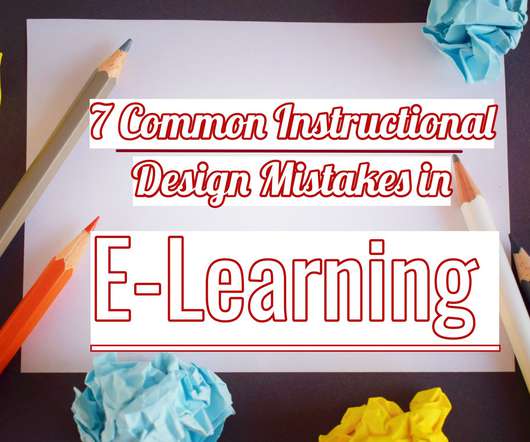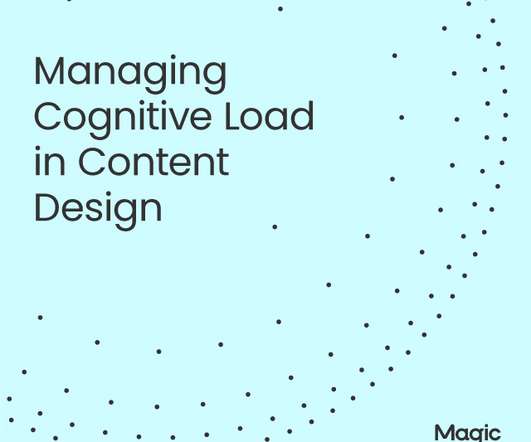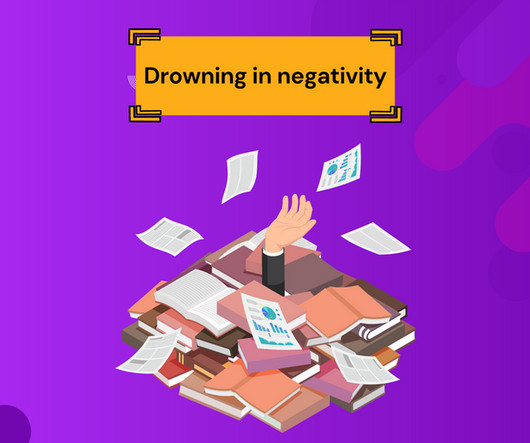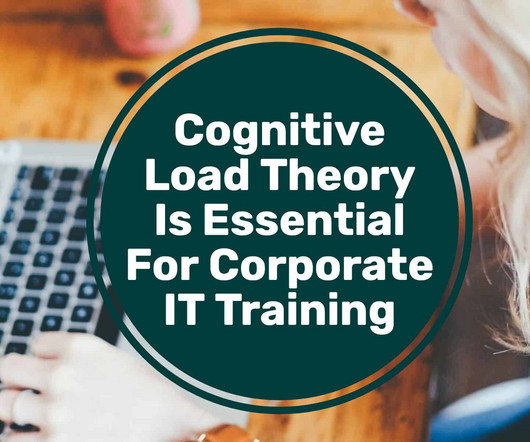7 Common Instructional Design Mistakes in E-Learning
Capytech
FEBRUARY 15, 2022
7 Common Instructional Design Mistakes in E-Learning. Even training courses that have excellent content can miss the mark because of one of the most important parts of e-learning development – instructional design. Instructional design is about helping learners acquire the skills and knowledge they need.




































Let's personalize your content